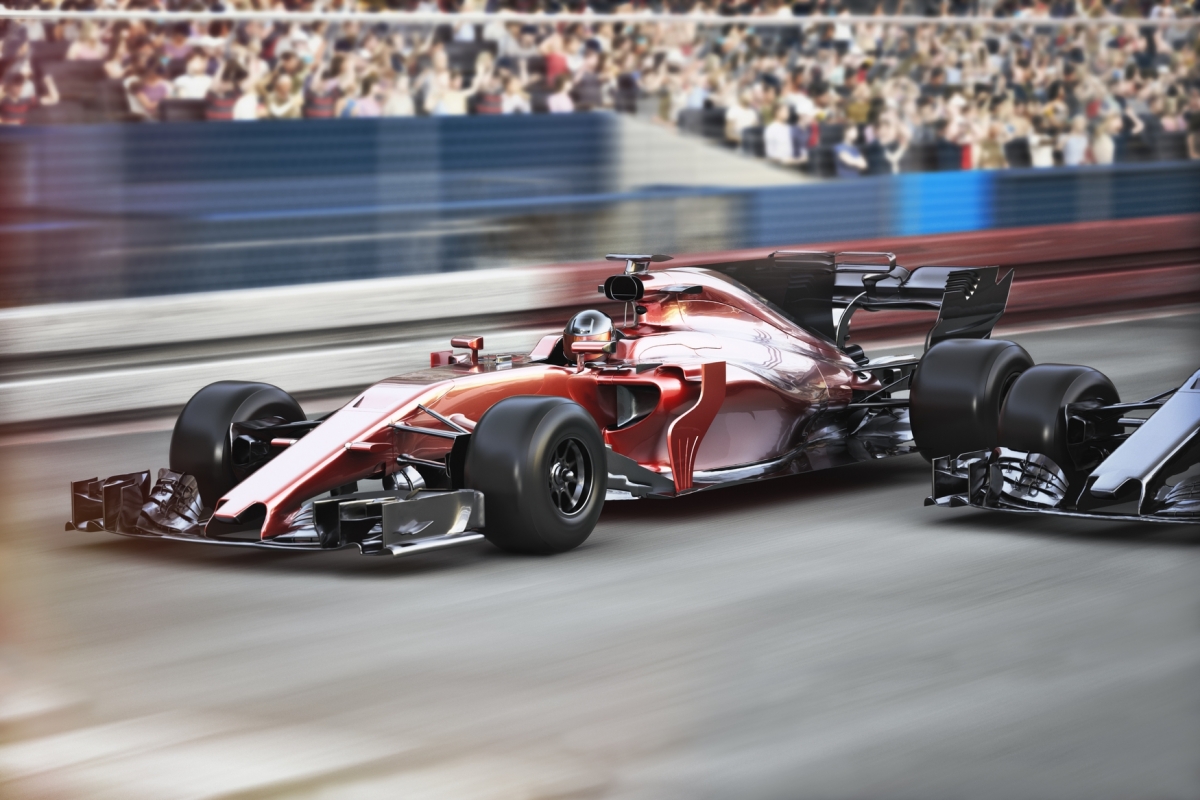

With a high strength-to-weight ratio, composites like carbon fibre are used in industries where strength and light weight are vital for superior performance.
Modern aircraft propeller blades, prosthetic limbs, and formula one cars are typical of the items that need the high strength and low weight advantage that composites offer.
And because composites are typically used in high performance applications bond strength is critical, which is why preparation for composite bonding is so important.
On removal from an autoclave, carbon fibre is typically left with a waxy residue on its surface that has hydrophobic properties, this causes liquids to ‘bead’ up on the surface.
For best painting, composite bonding, lacquering or other coating adhesion results the waxy residue has to be removed and a hydrophilic surface created where liquids do not bead up on the surface and instead the water ‘sticks’ to the surface, also known as a ‘wet-out’ surface.
It is also important that the polyacrylonitrile and rayon or petroleum pitch fibres that create carbon fibre are not damaged when the waxy residue is removed as the integrity of the component might be jeopardised.
Wet blasting, or vapor blasting to give the process it’s alternative name, quickly and efficiently removes the waxy residue whilst the cushioning effect of water prevents any damage to fibres. The component’s fibres are protected thanks to the water buffering of the abrasive particles. We would typically recommend an aluminium oxide abrasive media for best results.
Dry blasting, brush finishing, peel ply, sandpaper and other types of finishing can result in damage to fibres, that in turn compromises the integrity of the part. Another consideration here is operator error, there’s a danger of increased fibre damage if the operator dry / brush finishes for too long or uses wet / dry abrasive paper too aggressively – an issue that cannot happen with wet blasting.
The ‘water break test’ shown in the video below illustrates how a liquid reacts on a ‘wet-out’ surface. The strip above the blue masking tape is wet blasted while the area below the tape is left un-finished. On rinsing, note how the water beads up on the unfinished surface and sticks to the surface that has just been wet blasted. For paints, adhesives, lacquers, and other liquids it means complete coverage of the composite surface for maximum bonding performance.
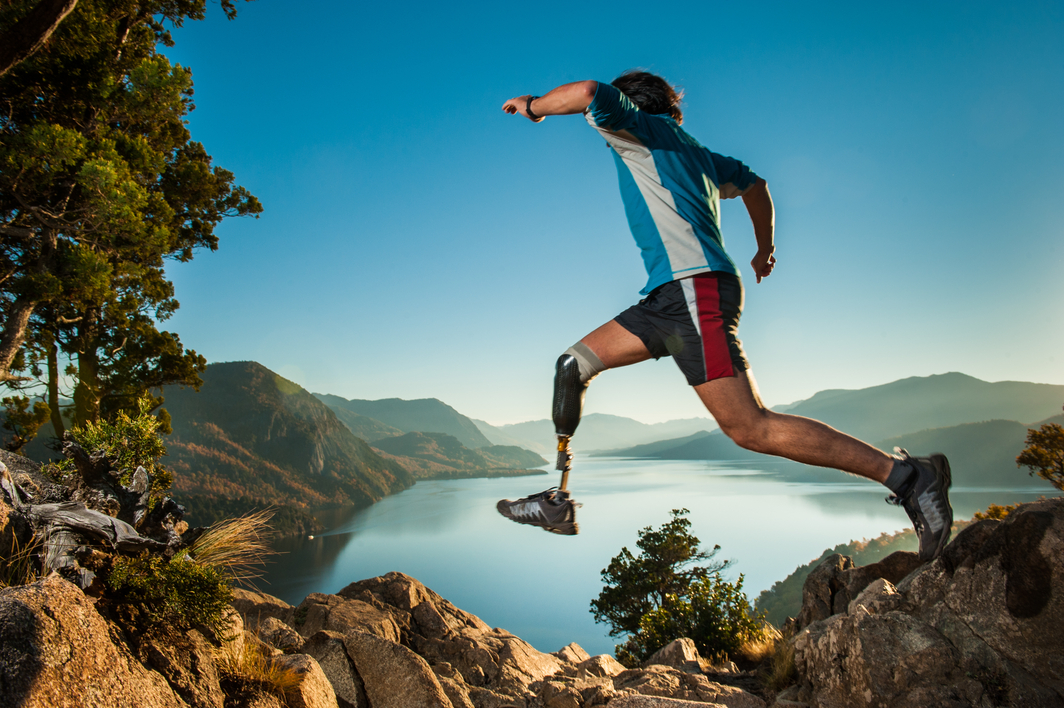
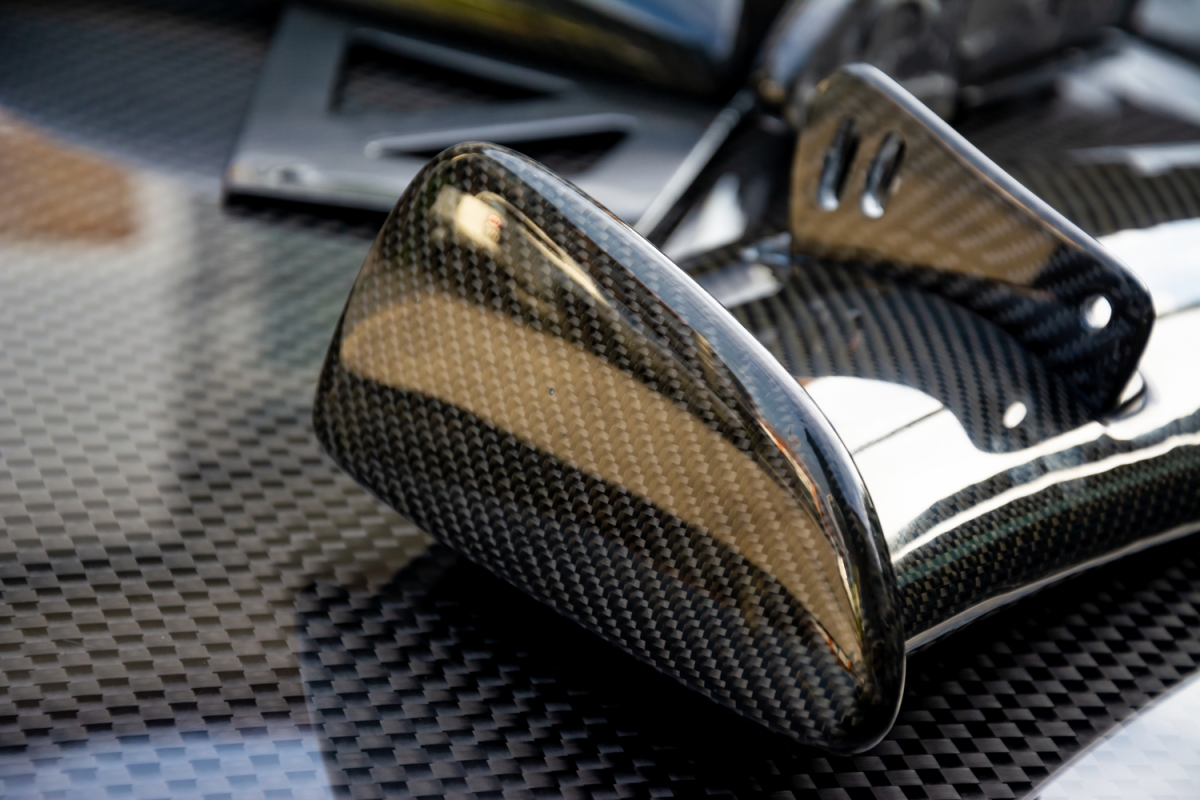
By the way, wet blasting to create a ‘wet-out’ surface for bonding isn’t only limited to composites, it applies to metals and alloys too.
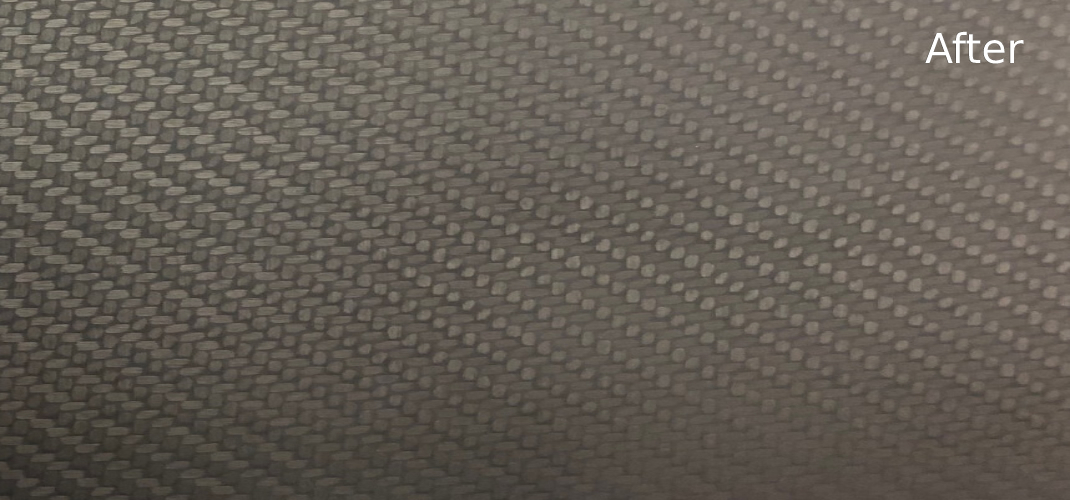
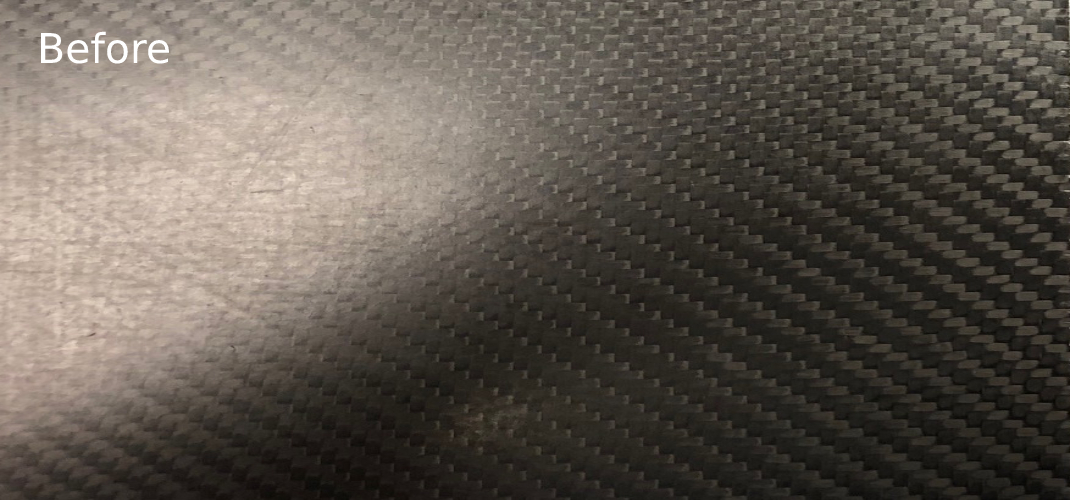
Thanks to the better coating coverage that a 'wet-out' surface provides, wet blasted and then bonded composite components exhibit increased adhesion and shear strength.
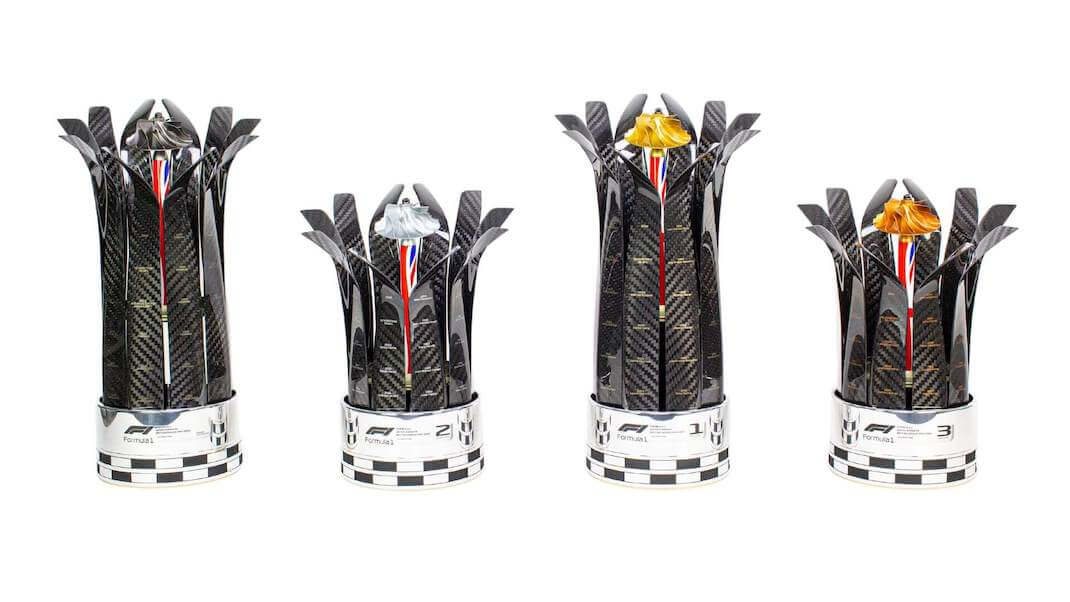
British Grand Prix Trophies - Photo by Tom Saxton Photography
UK based Carbon Art 45 use their Vapormate wet blasting machine to prepare carbon fibre for the incredible sculptures they produce, including trophies for the British Grand Prix. ‘Our Vapormate has without a doubt stood the test of time and saves us a lot of man hours. It is also very consistent and reliable.’ Josh Rowland, Carbon Art 45. Read the full case study.
Composite components can come in all shapes and sizes, and can often be highly complex too. Compared with some other finishing processes, wet blasting is particularly good at reaching every part of a component’s surface.
We’ve developed a number of larger wet blasting machines (vapor blasting machines) and solutions specifically designed to cope with outsize composite items. See below for more details.
Another great advantage of wet blasting when compared to other surface finishing processes is the degree of process control that’s available. Multiple variable elements of the process can be altered and set to precisely deliver the surface finish required for optimum composite bonding performance. Our dedicated wet blasting education page illustrates what these variable elements are.
Automation delivers the exact same prefect surface finish on every composite component. This reliable repeatability has the additional benefits of increased productivity and subsequent rapid ROI.
Our Puma + and larger Cougar + automatic wet blasting machines can be configured to suit most requirements. Note that automatic machines are usually more suited to larger production runs featuring similar components. See below for the brochures of both wet blasting machines.
We also have a range of manual machines, including the larger machines mentioned above that are well suited to lower production volumes, highly complex and outsize composite parts. They’re also suited to situations where the components in question differ from each other.
See below in our machines section for details of our manual and automatic wet blasting machines.
The video below features a bespoke version of our automatic Oncilla machine designed to prepare composite, aluminium and steel fixings of different sizes for bonding.
Created for a leading manufacturer of fixings for the aerospace industry, the machine allows for precise process control for perfect surface preparation, whilst the clever automation handles the variations in fixing sizes and materials.
For more details read our case study in the brochures section below.
Given the clear benefits of wet blasting composites, like carbon fibre, compared with other finishing technologies, like dry blasting and brushing, and our comprehensive range of wet blasting machines, it’s no wonder that you will find our machines in many of the Formula 1 racing teams' manufacturing facilities and in many of the world’s leading aerospace manufacturers too.